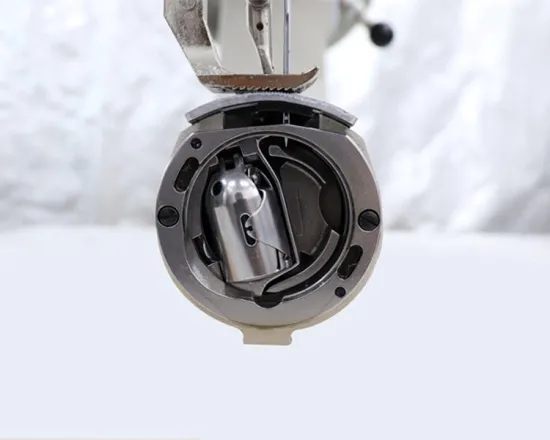Exploring the Intricacies and Techniques of Lock Stitch Sewing for Enhanced Fabric Crafting Skills
The Art of Lock Sewing A Comprehensive Guide
Sewing has been an integral part of human civilization, allowing us to create and repair clothing, fabrics, and various textile products. Among the myriad of sewing techniques, lock sewing stands out as a reliable method for providing strength and durability to seams. This article explores the significance of lock sewing, its applications, and why it remains a favorite among seamsters and tailors.
What is Lock Sewing?
Lock sewing, often referred to as “lock stitch sewing,” is a technique that utilizes two threads—one from the needle and the other from the bobbin—to create a secure stitch. The stitches interlock at the seam, making it less prone to unraveling. This method is widely used in both industrial and home sewing machines because of its efficiency and the neat finish it provides.
The lock stitch is formed when the needle penetrates the fabric, carrying the upper thread down into the fabric. The bobbin, located beneath the needle plate, feeds the lower thread and forms a lock with the upper thread, resulting in a firm stitch that is visually appealing on both the front and back of the fabric.
Applications of Lock Sewing
Lock sewing is utilized in various sectors of the textile industry. It is the most common method for creating seams in woven fabrics, making it ideal for garments, upholstery, and other textile products. Its robust nature allows it to hold up under stress, which is especially important in areas that require durability, such as the armholes of shirts or the seams of outdoor gear.
Moreover, lock sewing is versatile. It can be adjusted to accommodate different fabric thicknesses, allowing for its use in everything from delicate silks to heavy canvas. This adaptability makes it a favored technique among both amateur and professional seamsters.
lock sewing

Benefits of Lock Sewing
1. Strength and Durability Lock stitches are known for their robustness. The interlocking of two threads creates a seam that can withstand significant tension, making it an excellent choice for seams that experience stress.
2. Neat Appearance The lock stitch produces a clean and professional finish, with minimal thread bulk. This quality is particularly important for garments where aesthetics are paramount.
3. Ease of Unraveling Unlike some other sewing techniques, lock stitches are less prone to unraveling. If a seam does begin to come apart, it will generally do so at a much slower rate than other stitch types, allowing for easier repairs.
4. Compatibility with Machines Lock sewing can be easily executed on standard sewing machines, making it accessible for home sewers. The simplicity of the technique allows for a smooth sewing experience.
5. Variety of Applications From garment construction to quilting and crafts, lock stitching can be used in a variety of applications, enhancing its utility in the sewing world.
Conclusion
Lock sewing is much more than just a simple technique; it is an essential skill that every sewist should master. Its blend of strength, aesthetic appeal, and versatility makes it a staple in the fabric of sewing artistry. Whether you are sewing a pair of trousers, crafting a quilt, or upholstering a chair, understanding and utilizing lock sewing will undoubtedly enhance your projects. Embracing this technique can elevate your sewing repertoire, allowing you to create durable and beautifully finished pieces that stand the test of time. So, pick up your sewing machine, thread your needles, and let the art of lock sewing empower your creative endeavors!
-
Heavy Duty Leather Sewing Machine: A Must-Have for Professional LeatherworkNewsMay.28,2025
-
Leather Sewing Machine: Essential for High-Quality LeathercraftNewsMay.28,2025
-
Extra Heavy Duty Sewing Machine for Premium Leather ApplicationsNewsMay.28,2025
-
Walking Foot Cylinder Arm Sewing Machine: Precision and Power CombinedNewsMay.28,2025
-
Industrial Cylinder Arm Sewing Machine: Engineered for High-Performance StitchingNewsMay.28,2025
-
Cylinder Bed Sewing Machine: A Powerful Solution for Precision StitchingNewsMay.28,2025
-
Zigzag Sewing MachineNewsMay.12,2025





























